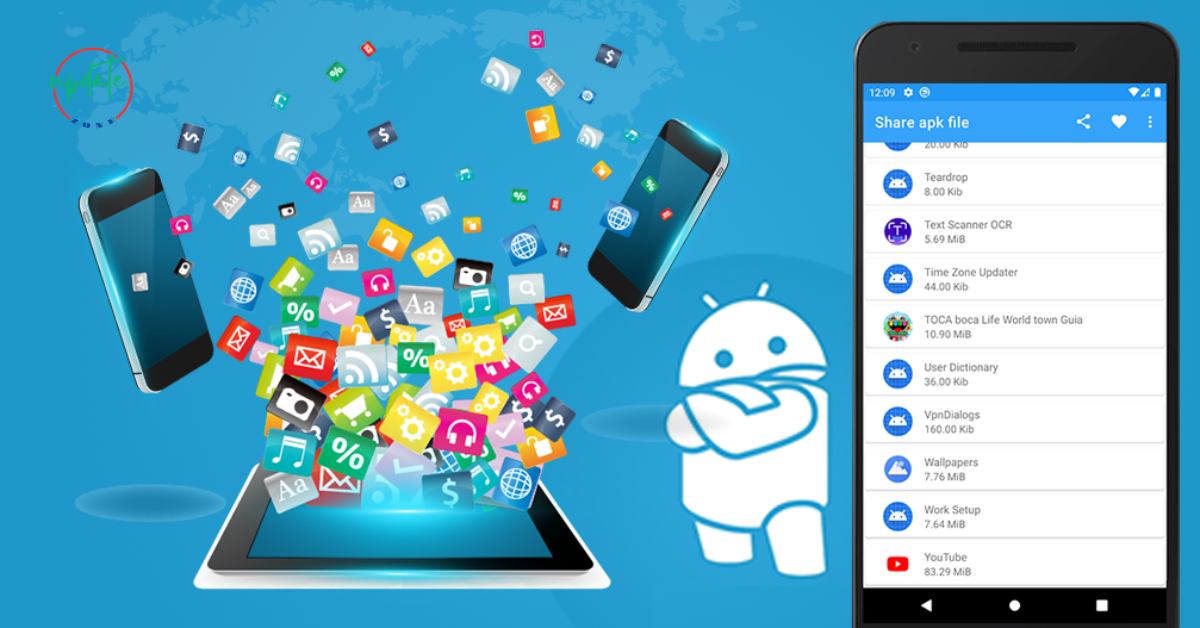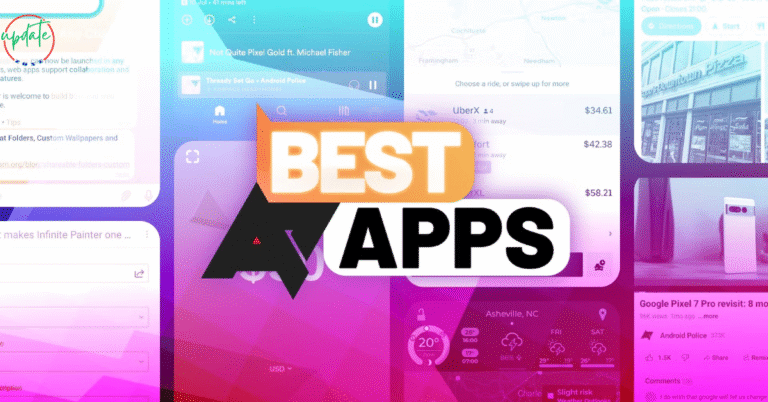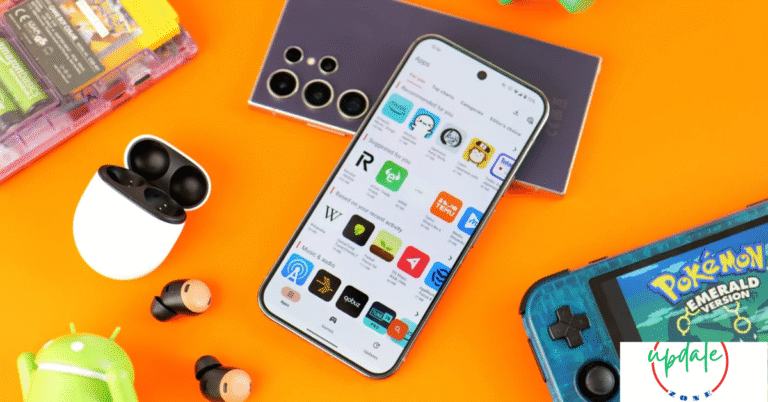How to Safely Share APK Files Between Android Devices
As Android users become more comfortable with customizing their devices, sharing APK files has become a common practice. Whether it’s transferring a favorite app to a friend or backing up software for offline use, APK sharing is convenient — but it must be done with care.
In this guide, we’ll explain how to safely share APK files between Android devices without compromising your data or device security. You’ll learn legal considerations, trusted tools, and foolproof methods to share APKs securely, even without an internet connection.
What Is an APK File and Why Would You Share It?
APK stands for Android Package Kit. It’s the file format Android uses to distribute and install apps. Typically, users download these from the Google Play Store. However, there are times when manually installing or sharing an APK makes sense.
Reasons to Share APK Files on Android:
- You want to install an app on a device without internet access.
- The app isn’t available in your region.
- You’re backing up a working version of an app before an update.
- A friend wants a trusted version of an app you already have.
But just because it’s possible doesn’t mean it’s always safe or legal. That’s why understanding safe APK file sharing methods on Android is crucial.
Also Visit This APKS Offer Free Offline Access
Is It Legal to Share APK Files?
Before you share any APK file, understand the legal implications. Distributing APKs for apps that are paid or copyrighted may violate intellectual property laws. Here’s how to stay on the safe side:
You Can Legally Share APK Files If:
- The app is open-source or freeware.
- You created the app or have permission from the developer.
- The APK is extracted from a free app already available to the public.
Never share paid apps, cracked APKs, or modified APK files, as they can lead to account bans or legal action and often contain malware.
How to Prepare an APK File for Sharing
To ensure you’re sharing a clean and working APK, follow these preparation steps.
1. Extract the APK Safely
Use tools like ML Manager, APK Extractor, or App Backup & Restore (available on Play Store) to pull the APK file from an installed app.
2. Scan the APK for Malware
Before sharing, always scan the file with a trusted antivirus app like Malwarebytes for Android, Bitdefender, or Avast Mobile Security.
3. Rename the File Clearly
Name it something recognizable like AppName-Version.apk, so the receiver knows what they’re installing. This is especially helpful when sharing multiple apps.

Best Methods to Share APK Files Between Android Devices
Once you have a clean APK file, it’s time to transfer it. Below are the most secure and user-friendly ways to transfer APK files from one Android phone to another.
1. Share APK via Nearby Share (Recommended)
Google’s Nearby Share is built into modern Android devices and allows offline file transfers via Bluetooth and Wi-Fi Direct.
Steps:
- Enable Nearby Share on both devices.
- Select the APK file in a file manager.
- Tap the “Share” icon and choose Nearby Share.
- Accept the connection on the receiving device.
Why use it? It’s encrypted, doesn’t require the internet, and is officially supported by Google.
2. Transfer APK Files Using SHAREit or Xender
If both users have a transfer app like SHAREit or Xender, APKs can be shared over Wi-Fi hotspots quickly.
Steps:
- Install the app on both devices.
- Tap “Send” on the sender’s device and select the APK.
- Tap “Receive” on the receiver’s device.
- Connect and transfer.
Note: Only download these apps from the Play Store to avoid malware.
3. Use Bluetooth for Small APKs
Bluetooth is ideal for small APK files when no third-party apps are available.
Steps:
- Turn on Bluetooth on both devices.
- Use your file manager to locate the APK.
- Long-press the file, tap “Share,” and choose Bluetooth.
Though slower, this is a simple way to share APKs without internet between Android phones.
4. Upload to Google Drive or Dropbox
If the receiver is in a different location, you can use cloud storage.
Steps:
- Upload the APK to Google Drive, Dropbox, or OneDrive.
- Set permissions to “Anyone with the link.”
- Share the link via WhatsApp, email, or SMS.
The receiver can then download and install the APK on their device.
How to Install a Shared APK on an Android Device
Once the APK file is received, the next step is installation. Here’s how to do it properly.
Enable Unknown Sources
Android requires special permission to install apps outside the Play Store.
Steps:
- Go to
Settings > Apps > Special App Access > Install Unknown Apps. - Select the app used to access the file (e.g., Chrome or Files).
- Toggle “Allow from this source.”
Install the APK File
- Open your file manager.
- Tap the APK file.
- Follow on-screen prompts to install the app.
If prompted, review permissions. Do not install APKs that ask for irrelevant permissions.
Safety Tips When Sharing APK Files on Android
Even with secure tools, there are risks. Follow these tips to minimize them:
1. Only Share APKs You Trust
Never forward random APKs received via WhatsApp or email.
2. Avoid Repackaged Apps
Modded APKs or cracked versions can contain malicious code.
3. Regularly Update Shared Apps
Outdated apps may contain bugs or security flaws. If you’re sharing, send the latest stable version.
4. Check File Size
A suspiciously large APK could be bundled with unwanted software.
5. Use Reliable File Managers
Tools like Solid Explorer or Files by Google are safe for managing APK files.
Common Issues During APK Sharing and How to Fix Them
“App Not Installed” Error
This often means the app already exists, or the APK is incompatible. Uninstall the previous version or check Android version compatibility.
“Parse Error”
Occurs when trying to install an APK meant for a different Android version or architecture. Download the correct version.
“Blocked by Play Protect”
Play Protect may block APKs from unknown sources. If you’re confident in the source, disable Play Protect temporarily.
Conclusion: Share APKs Responsibly and Securely
Now you know how to safely share APK files between Android devices using legal, secure, and trusted methods. From Bluetooth to Nearby Share to cloud services, you can choose the method that best suits your situation.
Always extract and scan APKs using reliable tools, avoid sharing copyrighted or modded apps, and guide recipients on safe installation practices.
By following these steps, you ensure that every APK shared is both functional and safe, maintaining the integrity of all devices involved.
Need more APK tutorials or secure app recommendations? Stay tuned for more guides tailored for Android power users.





